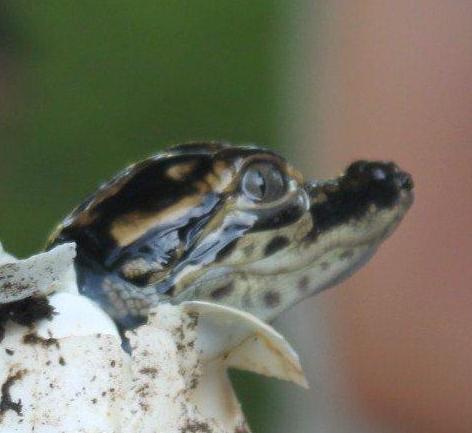Program - Guided Nature Hike and Nature Center tour
Description - A ½ or 1 mile guided nature hike through a bottomland hardwood forest and around several aquatic ecosystems. Hike leaders will discuss native plants and animals, ecosystems and how they interact with one another. Students will be allowed to tour the nature center at their own pace, ask questions, view exhibits and touch a live animal.
Time required - Approximately 2 - 3 hours
Size requirements - less then 100 students, students will be divided into smaller groups
SCHOOL GROUP FEES
Guided Nature Hikes (Creekfield Lake and 40 Acre Lake)
- 1 - 20 Students - $40.00
- 21 - 40 Students - $60.00
- 41 - 60 Students - $80.00
- 61 - 80 Students - $100.00
- 81-100 Students - $120.00
Classroom Programs
Unfortunately all classroom programs have been suspended indefinitely.
- Reptile Program
- Mammal Program
- Bird Program
- Aquatic Invertebrate Program (available for grades 3 - 5)
No charge for Nature Center
Reservations must be made in advance and are subject to availability
The following Texas Essential Knowledge and Skills (TEKS) for Grade 4 Science will be addressed with this program
§112.6. Science, Grade 4
(a) Introduction.
(5) Science concepts. The student knows that complex systems may not work if some parts are removed. The student is expected to:
(A) identify and describe the roles of some organisms in living systems such as plants in a schoolyard, and parts in nonliving systems such as a light bulb in a circuit; and
(B) predict and draw conclusions about what happens when part of a system is removed.
(8) Science concepts. The student knows that adaptations may increase the survival of members of a species. The student is expected to:
(A) identify characteristics that allow members within a species to survive and reproduce;
(B) compare adaptive characteristics of various species; and
(C) identify the kinds of species that lived in the past and compare them to existing species.
(9) Science concepts. The student knows that many likenesses between offspring and parents are inherited or learned. The student is expected to:
(A) distinguish between inherited traits and learned characteristics; and
(B) identify and provide examples of inherited traits and learned characteristics.




